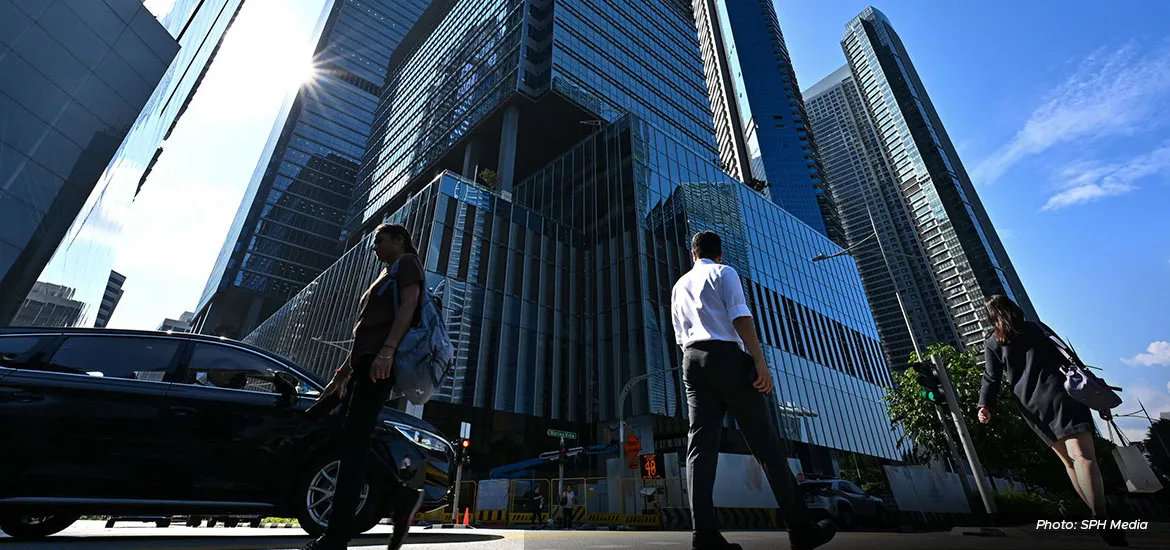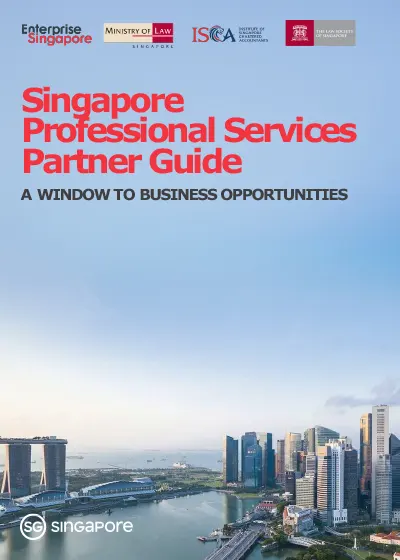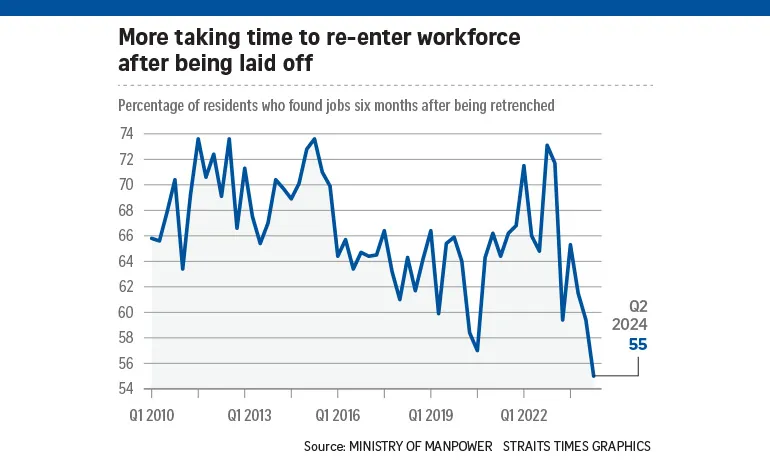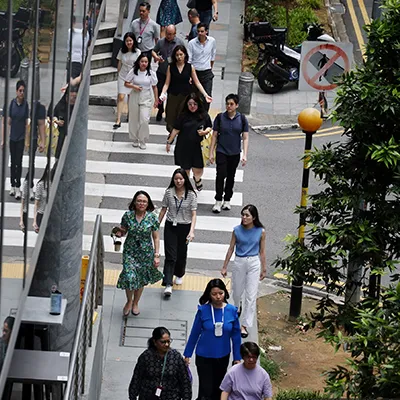Around 20 per cent of firms here are foreign-owned, yet they employ 60 per cent of Singapore residents in high-earning jobs.
The Ministry of Manpower (MOM) released the figures on 17 September, showing that foreign-owned firms employ an outsized share of those who earn a gross monthly income of above S$12,500 and fall into the top 10 per cent of income distribution.
The ministry said the figures underscore the importance of attracting foreign investments and the global talent that follows such investments, in a way that complements local resident workforce growth and creates good jobs for Singaporeans.
The move to release the numbers — a first for MOM — comes amid persistent anxieties from some quarters around job prospects for locals.
Foreign-owned firms in this case refer to those with under 50 per cent local equity, and with at least one employee.
Overall, these firms provide jobs for nearly one-third of employed residents, which refers to those who are permanent residents or citizens, noted MOM in its latest labour market data for the second quarter of 2024.
It added that foreign-owned firms also create business for local small and medium-sized enterprises, which hire the majority of resident workers.










